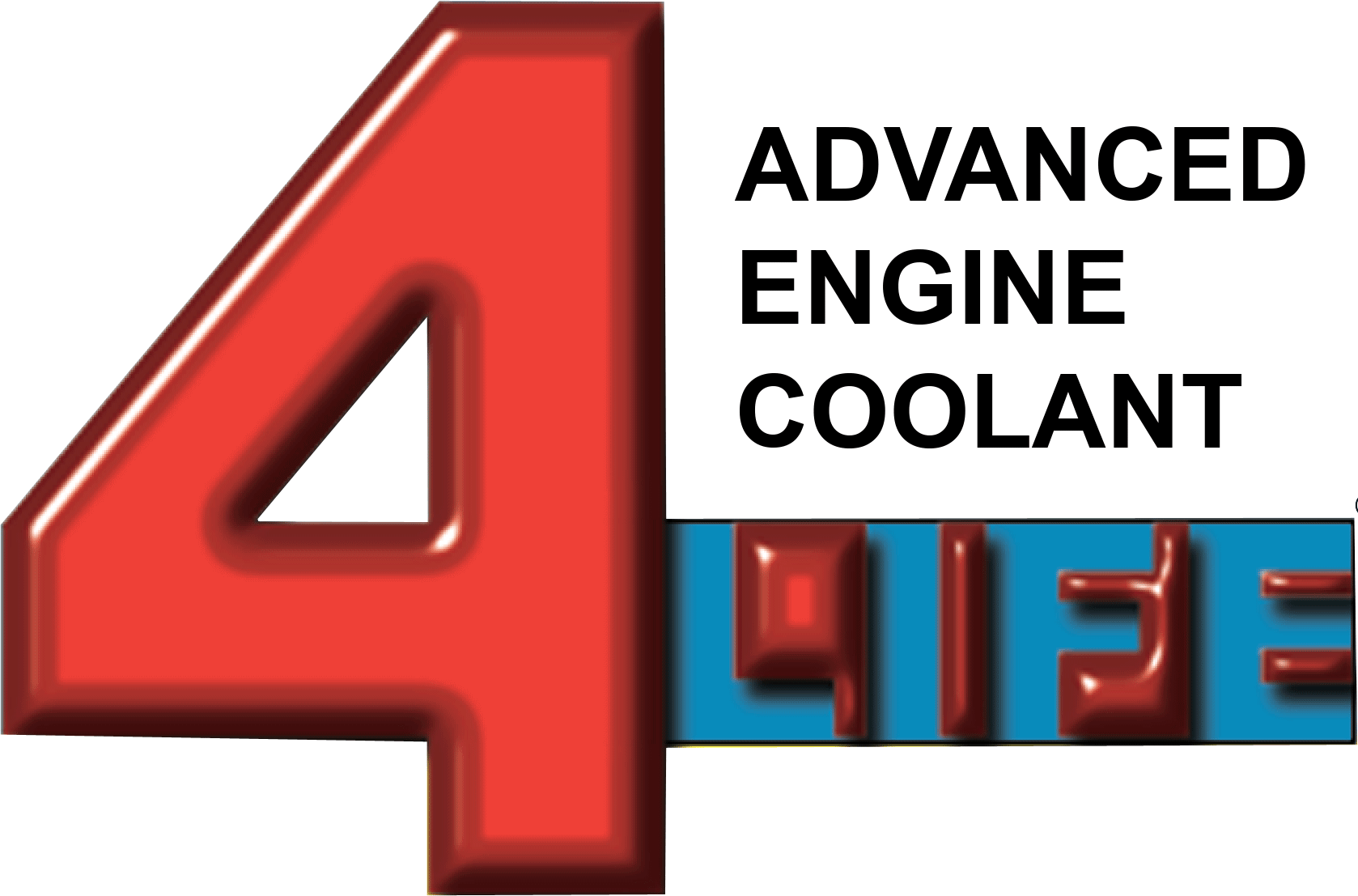Frequently Asked Questions
What are the differences between coolants, and is Forlife suitable for my vehicle?
What do IAT, OAT and HOAT mean?
There are 3 main types of engine coolant/antifreeze:
IAT (Inorganic Acid Technology) coolant contains either ethylene glycol or propylene glycol, and is generally green or blue in colour. This is the traditional coolant that is used by most classic vehicles. Forlife is an IAT coolant, although it is red in colour, and can be used in all coolant systems designed to use IAT.
OAT (Organic Acid Technology) is typically found in more modern coolant systems. It is often orange or pink, and should not be mixed with IAT coolant.
HOAT (Hybrid Organic Acid Technology) is commonly used in vehicles from the 1990s onwards. There is no defined colour scheme, and again it should not be mixed with the other types.
Is 4Life a waterless coolant?
No. Forlife contains an exact amount of water as part of its formulation, and is miscible with water and traditional IAT type coolants. Water has beneficial flow properties, which is why vehicle cooling systems are designed to use water mix solutions. However, it should not be diluted before use.
Do I need to purge my cooling system completely before using 4Life?
No. When switching to a waterless coolant it is important to purge water from the cooling system. As Forlife is not a waterless coolant, all you need to do is drain and flush your system then refill with Forlife. Forlife does not have a negative reaction to IAT coolants or water, so a small amount of residual coolant/water will only have a negligible effect on Forlife’s performance.
Do I need to modify my cooling system in any way?
No. Forlife has a low viscosity, like a traditional coolant. This means that your existing water pump will be perfectly capable of circulating the coolant efficiently. Of course, when replacing any coolant you should always check the condition of all hoses and components before flushing filling.
What if my car springs a leak? Can I add water to top-up the system?
Yes. Because Forlife is an aqueous solution, you can add water to it. In an emergency, say a split hose in the middle of nowhere, you can top up your system with water to get you home. Then all you need to do is drain and refill the system with fresh Forlife, to ensure you continue to benefit from its unique properties.
Will Forlife protect against engine hot spots?
The temperature sensor on your vehicle measures the temperature of the coolant, rather than the block itself. One of the benefits of Forlife coolant is it’s low viscosity. This ensures that the coolant circulates to all areas of the engine. If your coolant is too viscous, there is a risk that it will not circulate to all areas, potentially resulting in heat damage. Forlife also has excellent heat transfer properties, efficiently absorbing heat away from engine components.
Will Forlife reduce my car’s running temperature?
Yes. Forlife’s unique formulation and heat transfer properties mean your car will run cooler, whether it’s being driven hard or sitting in traffic.


